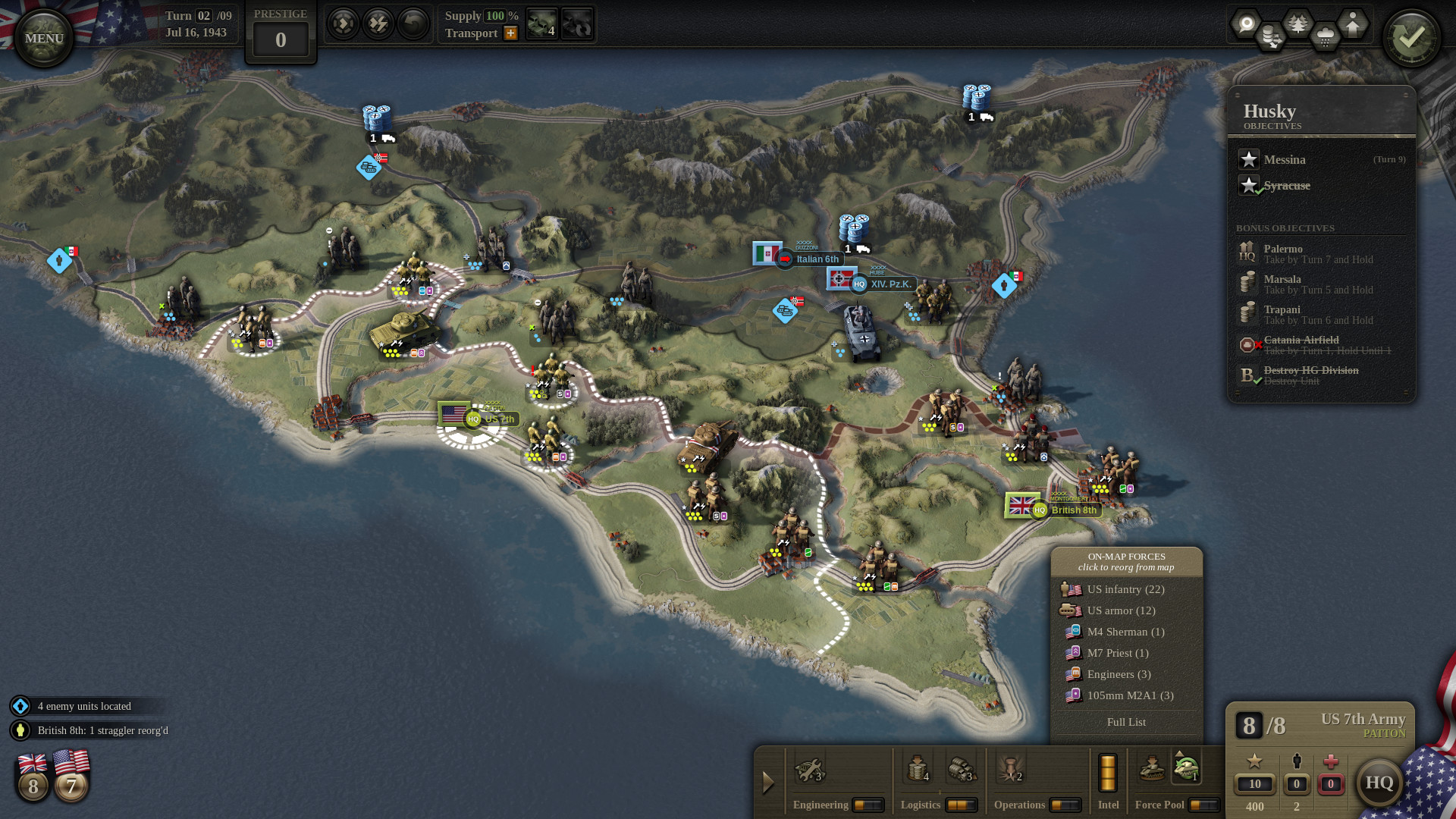
In case of clash, individual has to choose which objectives should be achieved. These groups of objectives usually are not fully compatible. Every person can have own objectives related to involvement in the team. Every team member is asked to adopt team objectives. Every employee is asked to adopt company objectives. Unity of direction is a concept in team management that assumes that all the team members should share the same objectives in order to work toward common results, using one plan.Įvery person has own objectives. Responsibilities of employees and unity of direction Empower employees to take actions and make decisions that align with the overall goals of the organization.Provide necessary resources and support to employees to help them achieve their goals and contribute to the organization's overall direction.Encourage open communication to ensure that everyone is aware of the progress made towards achieving the organizational goals.Implement a system of accountability, so that everyone is aware of their role and responsibilities in achieving the organizational goals.Foster collaboration and cross-functional teams: Organizations should foster collaboration and cross-functional teams to break down silos and ensure that all employees are working together towards the same goal.Establish a shared vision and values: Organizations should establish a shared vision and set of values that guide the culture and direction of the organization, so that all employees understand the direction and purpose of the organization.Align individual and departmental goals: Organizations should align the goals of individual employees and departments with the overall objectives of the organization, so that everyone is working towards the same common goal.Clearly define and communicate organizational goals: Organizations should clearly define and communicate their goals and objectives to all employees, so that everyone is aware of what they are working towards.There are several rules or guidelines that organizations can follow when implementing unity of direction: Rules for implementing unity of direction Regularly review and adjust the direction based on feedback and performance metrics.Use of Key performance indicators (KPIs) that align with the overall goals of the organization.Strategic Planning: A well-defined strategy that aligns all the activities of an organization towards a common goal.Leadership: A good leader can set the direction for the organization and inspire employees to work towards a common goal.Collaboration and cross-functional teams: By fostering collaboration and cross-functional teams, organizations can break down silos and ensure that all employees are working together towards the same goal.Alignment of departmental goals: By aligning the goals of individual departments with the overall objectives of the organization, all departments can work towards a common purpose and be more efficient and effective.Shared vision and values: By creating a shared vision and set of values, organizations can ensure that all employees understand the culture and direction of the organization, and can act in accordance with these values.Clear communication of organizational goals: By clearly communicating the goals and objectives of the organization to all employees, everyone is aware of what they are working towards and can make decisions and take actions that align with these goals.There are a variety of ways that unity of direction can be achieved in practice, but some examples include: In practice, unity of direction can be achieved through clear communication, shared vision and values, and the alignment of individual and departmental goals with the overall objectives of the organization.Įxamples of unity of direction application This principle is often associated with the work of Henri Fayol, one of the founders of modern management theory, who believed that coordination and cooperation are essential for the efficient and effective functioning of an organization. Unity of command cannot exist without unity of direction, but does not flow from it. Unity of direction is provided for by sound organization of the body corporate, unity of command turns on the functioning of the personel.


Unity of direction (one head one plan) must not be confused with unity of command (one employee to have orders from one superior only).

A body with two heads is in the social as in the animal sphere a monster, and has difficulty in surviving. It is the condition essential to unity of action, co-ordination of strength and focusing of effort.

Unity of direction principle is expressed as: one head and one plan for a group of activities having the same objective.


 0 kommentar(er)
0 kommentar(er)
